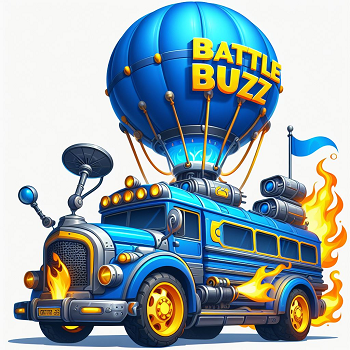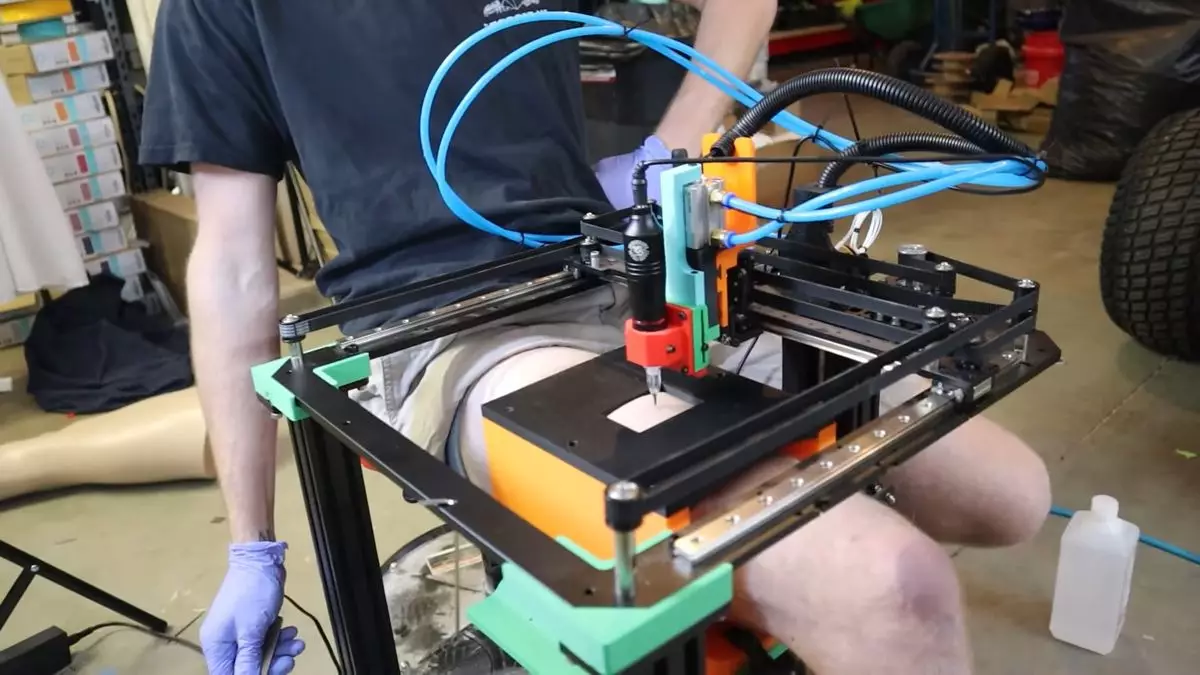The realm of body art often revolves around tradition and the skilled hands of professional tattoo artists. Yet, the world of technology continuously reshapes creative practices, bringing forth modern methods that challenge the status quo. One such case is demonstrated by YouTuber Emily The Engineer, who ingeniously transformed a conventional 3D printer into a tattoo machine. This innovative foray into mixing technology with body art showcases not only the potential of 3D printing but also the escalating intersection of tech and art in contemporary culture.
Emily’s venture commenced with her personal experience in the tattoo world, having only one tattoo designed by a professional. Most individuals may find tattoos to be intimidating and demande-based tangible art pieces on skin; however, Emily’s experimentation challenges the conventional notion of tattoo application. The process began with an old 3D printer frame, meticulously dismantled and modified to facilitate a tattooing system. This initial step reflects a significant drive to explore and exploit the untapped creative potential of everyday technology.
Emily’s project illustrates both creativity and resourcefulness. By making substantial adjustments to a 3D printer, she was able to pave the way for a dimensional design experience directly onto human skin. By bypassing firmware settings and accumulating necessary components, she cleverly engineered a method to incorporate a tattoo gun into the printer’s existing framework. This reengineering not only highlights Emily’s expertise in technology but also reflects a broader burgeoning trend of DIY experimentation among digital creators.
The challenge of tattooing, however, transcends merely attaching a tattoo gun to a printer. The essence of tattoo artistry lies in precision, and Emily recognized this immediately. Her approach included designing an intricate system that could deal with various variables affecting tattooing, such as temperature and medium. This understanding of both artistry and mechanical function is key; it emphasizes the need for balance when integrating technology into practices often dominated by human touch and intuition.
Innovation Meets Safety Concerns
As Emily proceeded, safety became a primary concern, especially considering her volunteer, Dan, who bravely consented to have a tattoo executed by this experimental device. A cleverly designed panic lever was incorporated to ensure that the tattoo machine could be halted if anything went astray—a nod to the need for accountability when venturing into the world of body modification through machinery. This safety feature not only attests to the potential risks involved but also showcases the importance of ethical considerations when pushing the limits of technology.
To realize Dan’s tattoo vision, clever adaptations were necessary. A bracket was constructed to flatten the surface of his thigh, enabling the 3D printer to operate efficiently on a non-flat area as tattoos are often placed in varied anatomical locations. This innovative solution underlines the ingenuity required in matching creative expression with practical engineering—a cognitive leap that showcases a marriage between art and science rarely seen in mainstream tattooing.
As with any ambitious project, the results of Emily’s tattooing experiment were met with mixed reviews. While Dan’s experience reportedly involved minimal discomfort—a feat not typical for first-time tattoo recipients—it underscored the unpredictability and potential imperfections of a machine-assisted tattoo process. The outcome may not be perfect, but the experimentation itself represents a remarkable step into the future of tattooing. The fact that it veered away from the romantic image of a skilled artist wielding an intricate needle only emphasizes the divergence of traditional artistry from the digital age.
Moreover, those skeptical of the final result must acknowledge the bold risk taken to explore a radical idea. In the world of contemporary art and technology, this endeavor emboldens strivers and serves as a source of inspiration. If nothing else, it emphasizes that innovation often emerges not from polished perfection but from audacious creativity and proactive exploration of ideas at the fringes of possibility.
While Emily The Engineer’s audacious attempt to create a tattoo machine from a 3D printer may not be the polished futuristic tool envisioned in sci-fi narratives, it certainly opens doors to unparalleled possibilities in the intersection of art, technology, and self-expression. As culture evolves, it is projects like these that challenge our perceptions of creativity, pushing what a tattoo machine can be while encouraging a broader conversation about the role of technology in art. Indeed, Dan now sports a unique mark on his leg—a testament to experimental courage and the unpredictable nature of human artistry in the digital era.


Leave a Reply